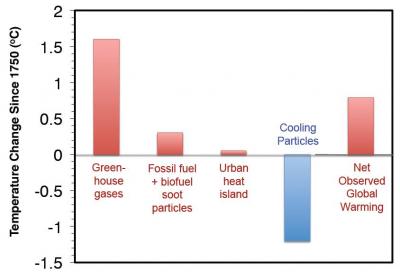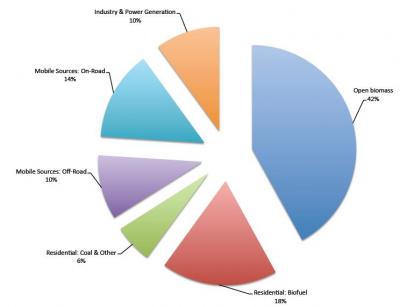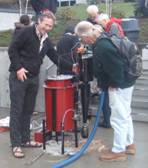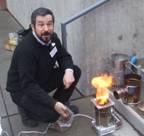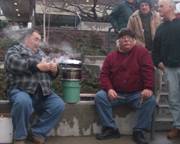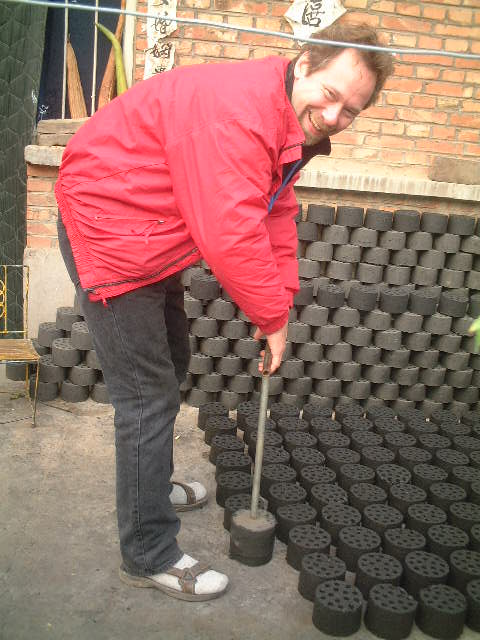From Charlie Sellers:
I chased down this protocol in case it would help me with my effort to see how to compare the performance of 2 stoves differentiated by only minor design changes (not predict how they will work in the field - though we keep hoping that lab testing results can be eventually correlated with field performance, once we have figured out how behavioral, educational, and cultural issues can be overcome):
http://cdm.unfccc.int/filestorage/I/Z/X/IZX36AE84V1K5NOYQBSU0TWRHD2FGL/S...
It might be considered a little obscure on the web - since if you search on the title ("Stove Manufacturers Emissions & Performance Test Protocol" - EPTP for short) you won't get much else besides this helpful presentation at NREL last fall:
http://www.irena.org/DocumentDownloads/events/IRENA_NREL_WORKSHOP/2-4_WI...
A supporting journal article cited is "Influence of testing parameters on biomass stove performance and development of an improved testing protocol", written by L'Orange et al at Colorado State University and published in the March 2012 issue of Energy for Sustainable Development: http://www.sciencedirect.com/science/article/pii/S097308261100086X
and it is worth a read. For those of you who are not yet familiar with it, Google Scholar is an excellent tool for ferreting out the, hopefully, highest quality technical information - and it has no superfluous information or ads, yet. I am not sure that I am allowed to attach a copy of it here - but the authors should be able to. Note that an older, but similarly oriented, journal article from India "Effects of selected parameters on performance and emission of biomass cookstoves" - was published in 2002 by Bhattacharya et all (Thailand), in the journal Biomass and Bioenergy (http://www.sciencedirect.com/science/article/pii/S0961953402000624).

